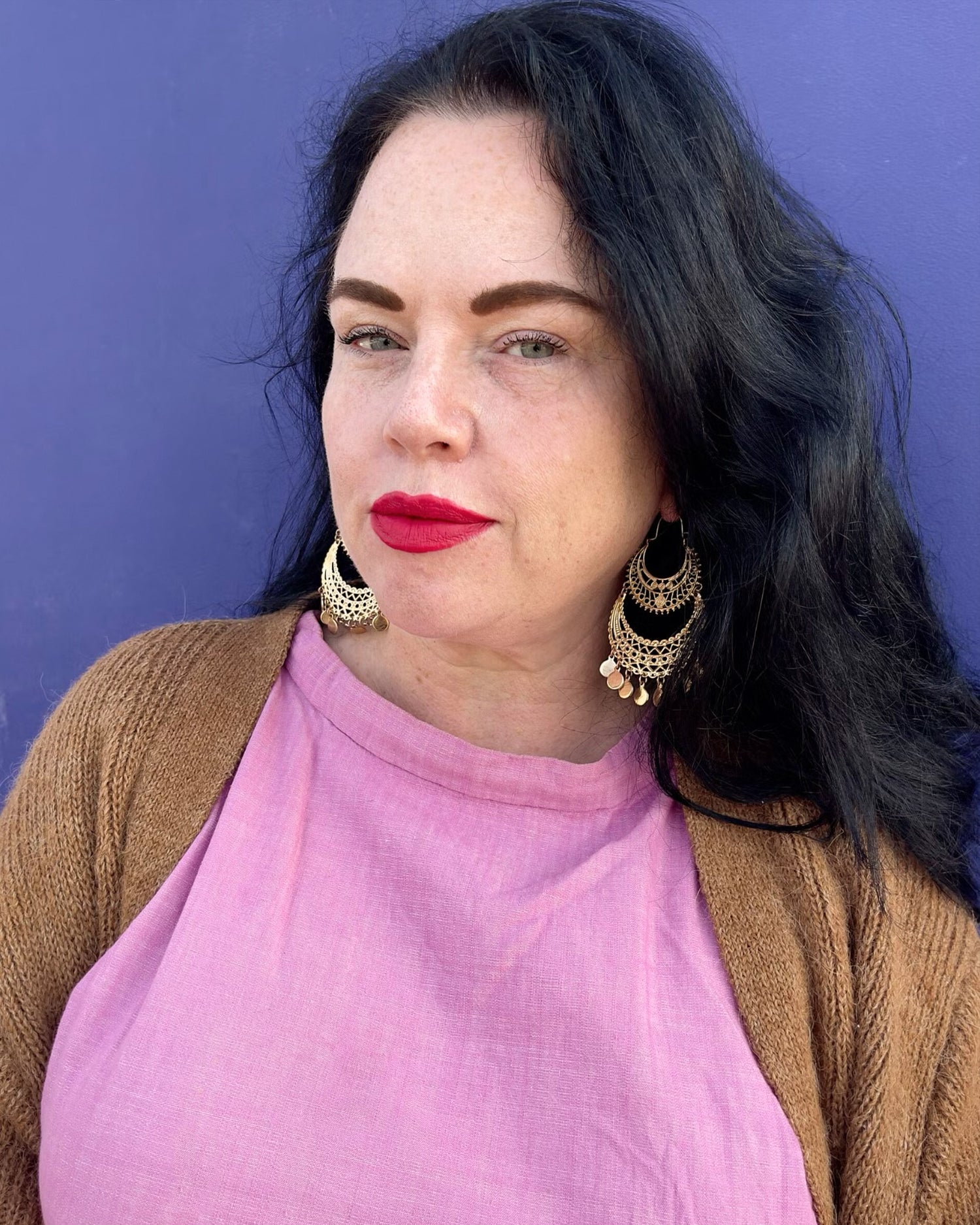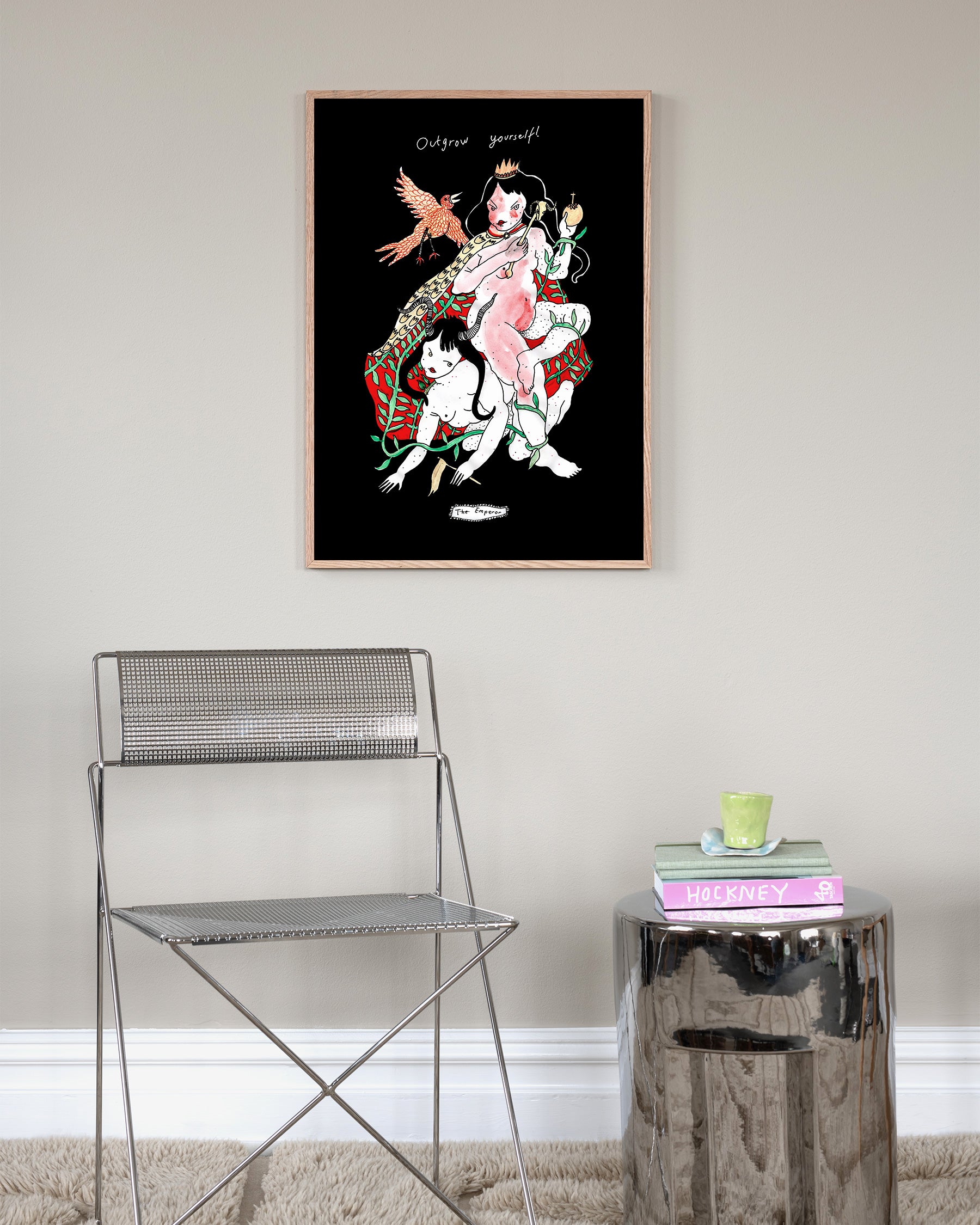
In Conversation: Linda Spåman
Revenge, love, and obsession fuel Linda Spåman – an artist who finds stories everywhere, from tram rides and tarot decks to the exorcism she never accepted.
Text by: Anna Falkenland
“I don’t believe in creative blocks. I believe in discipline and continuing forward.”















